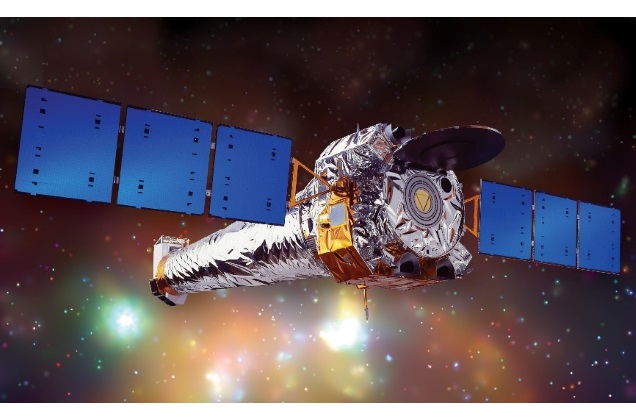24/09/2020
An X-ray satellite telescope of the European Space Agency and NASA each will observe a neutron star for a project by Sabancı University Faculty of Engineering and Natural Sciences Member Ersin Göğüş.

The neutron star named SGR J1935+2154 has a very powerful magnetic field and has been displaying severe X-ray bursts for the last month. The high-energy bursts reached their zenith on April 27 with more than 400 bursts over 24 hours. Each burst releases an amount of energy that the Sun would only release over millions of years in under one second. The bursts occur due to the powerful magnetic field of the neutron star. The SGR J1935+2154 neutron star has a magnetic field intensity of 20 billion Tesla! In other words, it is about 10 billion times more powerful than the magnetic field generated by the MR imaging device, which generates one of the most powerful artificial magnetic fields on earth.
The bursts and the continuous radiation of the neutron star occur in the X-ray wavelength. Earth's atmosphere prevents X-rays from reaching the surface. This is one way that the atmosphere works as a mantle that preserves life on Earth. As the rays do not penetrate the atmosphere, such astrophysical phenomena can only be observed by satellite telescopes that are in Earth's orbit beyond its atmosphere.
There are currently 10 X-ray satellite telescopes in Earth's orbit. The one that can generate the highest-resolution images is the Chandra X-ray Telescope, which is NASA's second-costliest satellite project after Hubble.
As part of the observation project submitted by our faculty member Ersin Göğüş, Chandra will observe the SGR J1935+2154 neutron star system on May 18 for 20,000 seconds. The data will be analyzed using advanced image processing methods. This will hopefully shed light on the effects of the burst around the neutron star.

Chandra X-ışını Teleskobu
Another highly advanced X-ray telescope in operation is the XMM-Newton. It is the largest satellite project of the European Space Agency. XMM-Newton has active X-ray collection capability. This ensures a high-time resolution light curve (time series) and precise X-ray spectrum. SGR J1935+2154 will be in the focus of XMM-Newton on May 13 for 50,000 seconds as part of the same project. The time series analysis to be performed on the data to be collected will reveal the dynamic properties and spectrum of the neutron star, and the energy characteristics of the ambient effects of bursts.

XMM - Newton
SGR J1935+2154 is about 30,000 lightyears from Earth. In other words, the bursts we observe now had been emitted from the neutron star about 30,000 years ago, and reach us only now. As the source is so distant, the bursts do not endanger life on Earth. The X-rays whoses bursts we observe are absorbed by the atmosphere.





